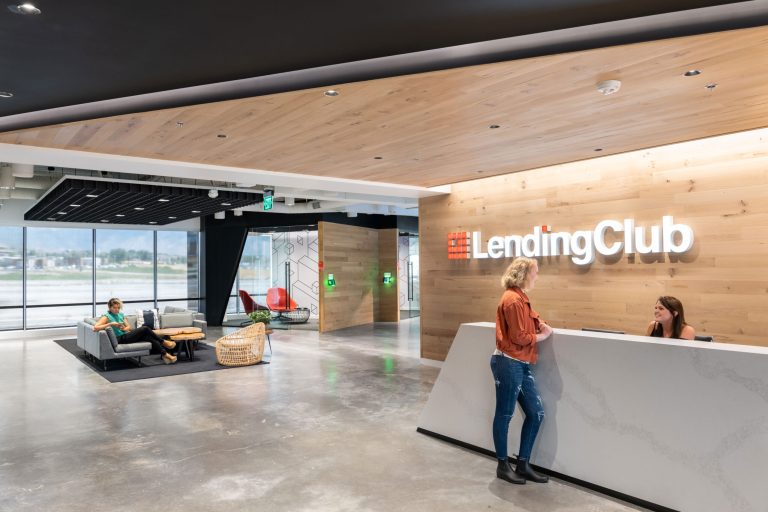This first week of the year 2025 Latin America continues to expand in terms of the cryptocurrency scene.
The Panama Blockchain Week 2025 has already been scheduled, as Avelacom expands its operations in Mexico and the United States.
LATAM is preparing for an exciting event as Panama gears up to host the ‘Panama Blockchain Week’ from April 22 to 24, 2025, at the Panama Convention Center.
This gathering promises to bring together a diverse group of global leaders, innovative startups, and seasoned blockchain experts, all eager to dive into the revolutionary ways blockchain reshapes industries like business, banking, logistics, and more.
The organizers of this event are thrilled to put Panama on the map as a significant player in the blockchain world.
Fernando Molina, who’s at the helm of Blockchain Territory and part of the organizing team, pointed out that Panama has big dreams of becoming the go-to spot for blockchain innovation in the Americas.
“It’s all about fostering some good old collaboration between the old-school industries and the new kids on the block”, said Molina to Cointelegraph.
Some high-profile participants like Panama’s own President José Raúl Mulino will take part in this initiative.
Also the ever-entrepreneurial Evan Luthra, and Montse Guardia, who’s got some serious chops in blockchain and AI.
Plus, financial gurus Mariano Giralt and Belisario Castillo will be there to explain all about how traditional and cutting-edge technologies are coming together.
Avelacom boosts US-Mexico market ties with latest expansion
Avelacom is making some serious moves to upgrade its network and make sure the financial markets in Mexico and the U.S. are more connected than ever.
They’ve been busy expanding their infrastructure, adding new points of presence in KIO data centres over in Mexico and at 165 Halsey in New York.
Plus, they’ve crafted new low-latency routes to keep up with the growing demand for cross-border trading.
Their network isn’t just fast; it’s also built with extra layers of reliability to keep things running smoothly, which is super important for financial firms during those high-stakes trading moments.
Looking ahead, with market volatility expected to pick up in 2025, Avelacom’s CEO, Lorenz Voss, is pushing for faster, more dependable connections.
The company is all set to tackle this challenge by pouring investments into advanced fibre systems and submarine cables throughout 2024.
Aleksey Larichev, another top executive, pointed out that with these upgrades, Avelacom’s clients can sharpen their competitive edge.
Whether it’s stocks, bonds, or whatever’s on the table, they can jump on market opportunities quickly, no matter where they are.
Binance expands into Brazil with 21st global crypto license
In a big move for crypto in Latin America, Binance, the top dog in cryptocurrency exchanges worldwide, just snagged its 21st license, this time from Brazil’s Central Bank.
It’s a pretty big deal as Brazil makes strides to regulate the fast-growing crypto industry.
Thanks to this new approval, Binance is all set to take over Sim;paul, a São Paulo-based investment platform that deals in securities and electronic money.
This acquisition is a big boost for Binance’s game plan in Brazil, Latin America’s most populous nation.
By integrating Sim;paul, Binance can offer a wider range of services, making it a one-stop shop for investors.
When they announced the approval, Binance reported a whopping $18.2 billion in 24-hour trading volume.
To put that in perspective, their closest rival, Bybit, saw just $6.3 billion, according to Messari.
This shows Binance isn’t just leading in Brazil, but it’s also a powerhouse on the global stage.
The post LATAM crypto update: Panama blockchain week 2025 and Avelacom’s US-Mexico expansion appeared first on Invezz










